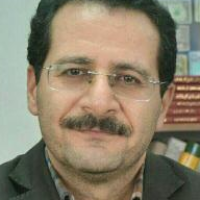Analysis of the interaction of ambidextrous clusters actors: identifying strategies with game theory
The approach of cluster development as one of the new strategies of industrial development in the last two decades has been considered by policymakers. The business clusters as a spatial focus of firms with shared opportunities and threats, in order to survive in a turbulent competitive environment, requires simultaneous attention to exploring future opportunities and exploiting current capabilities. Ambidexterity in business clusters as open systems with complex economic and social links requires recognizing the interaction between actors and paying attention to their preferences. This research is descriptive in terms of data collection and qualitative in terms of data type which is based on the study of articles, policy documents, reports and conducting interviews with experts. Due to the complexity of the conflict between actors, using a game theory model called graph model, interactions and preferences between different actors of the ambidextrous business clusters are modeled and analyzed and based on it, and the most probable results are presented. The results of the model show that the government, business clusters and scientific and research centers are three actors that are in a new equilibrium state with unilateral improvement, while financing institutions and business development service providers are not in a new equilibrium state.
-
Modeling and identification of causal relationships between the main factors of credit risk in the banking system using the Dematel decision making technique
Mehrdad Jeyhoonipour, Somayeh Azami *,
Journal of Economic Policy, -
Investigating the effects of oil price shocks on inflation in MENA region selected countries (A Panel VAR approach)
Mehdi Mehdizad, Azad Khanzadi *,
Journal of Parliament and Economy, Autumn 2025


